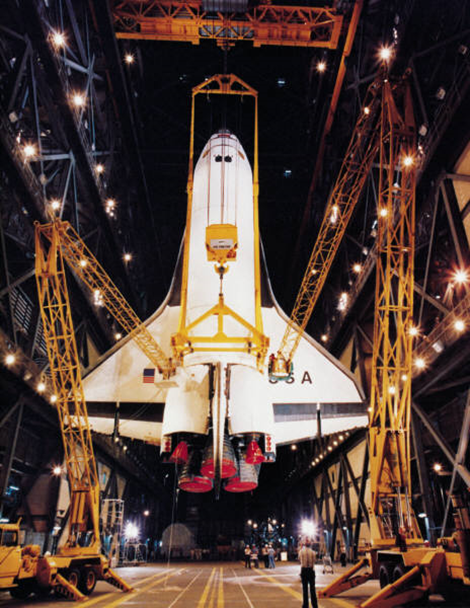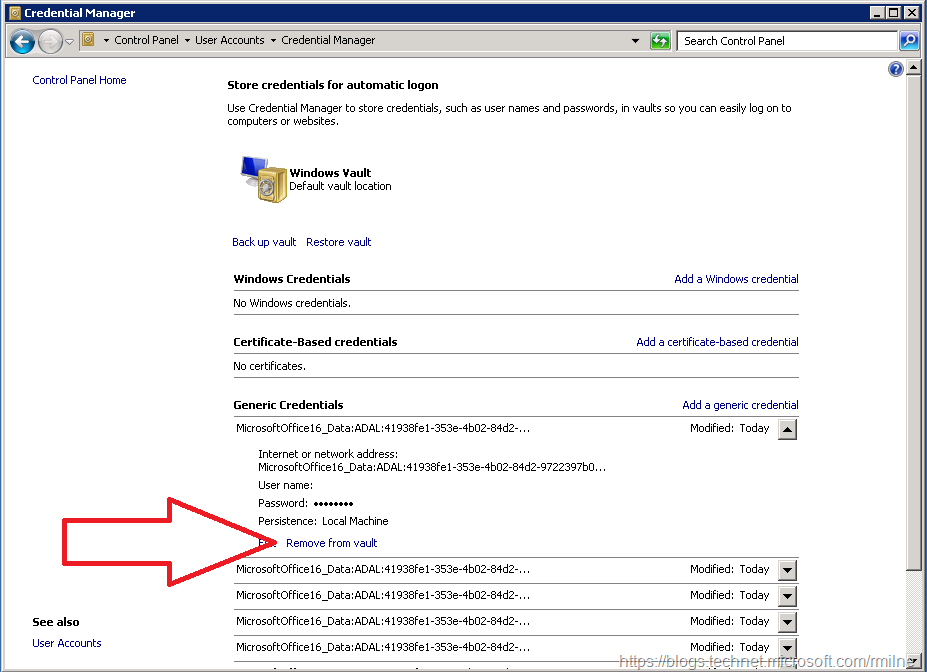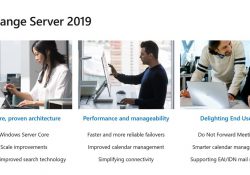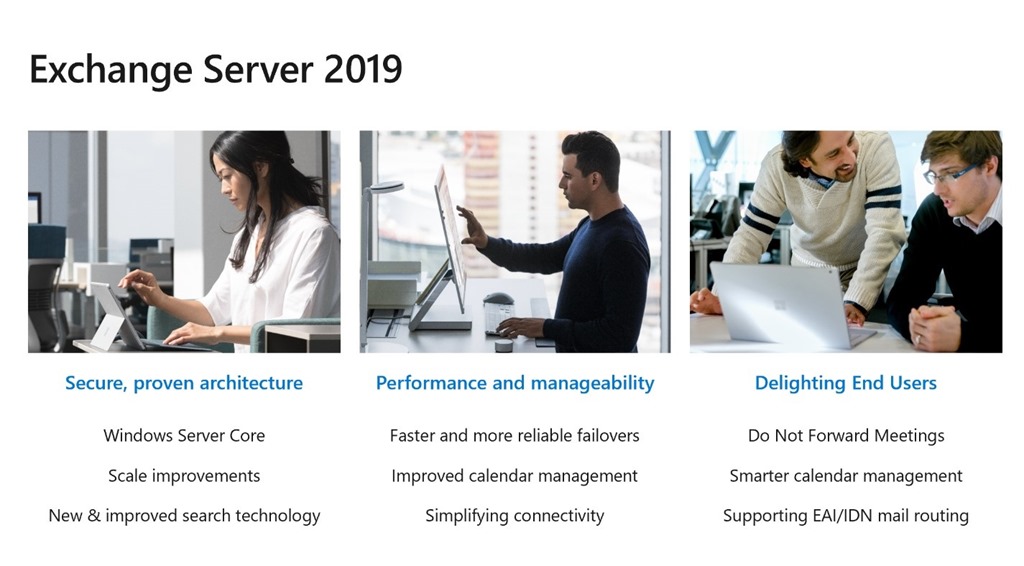Exchange 2016 CU12 Released
Exchange 2016 CU12 has been released to the Microsoft download centre! Exchange 2016 has a different servicing strategy than Exchange 2007/2010 and utilises Cumulative Updates (CUs) rather than the Rollup Updates (RU/UR) which were used previously. CUs are a complete installation of Exchange 2016 and can be used to install a fresh server or to update a previously installed one. Exchange 2013 h… Read the rest “Exchange 2016 CU12 Released”





 January 2020 is going to be a very important month. There are multiple large and important products which will exit out of their extended support lifecycle phase. The list includes Exchange 2010.
January 2020 is going to be a very important month. There are multiple large and important products which will exit out of their extended support lifecycle phase. The list includes Exchange 2010.



